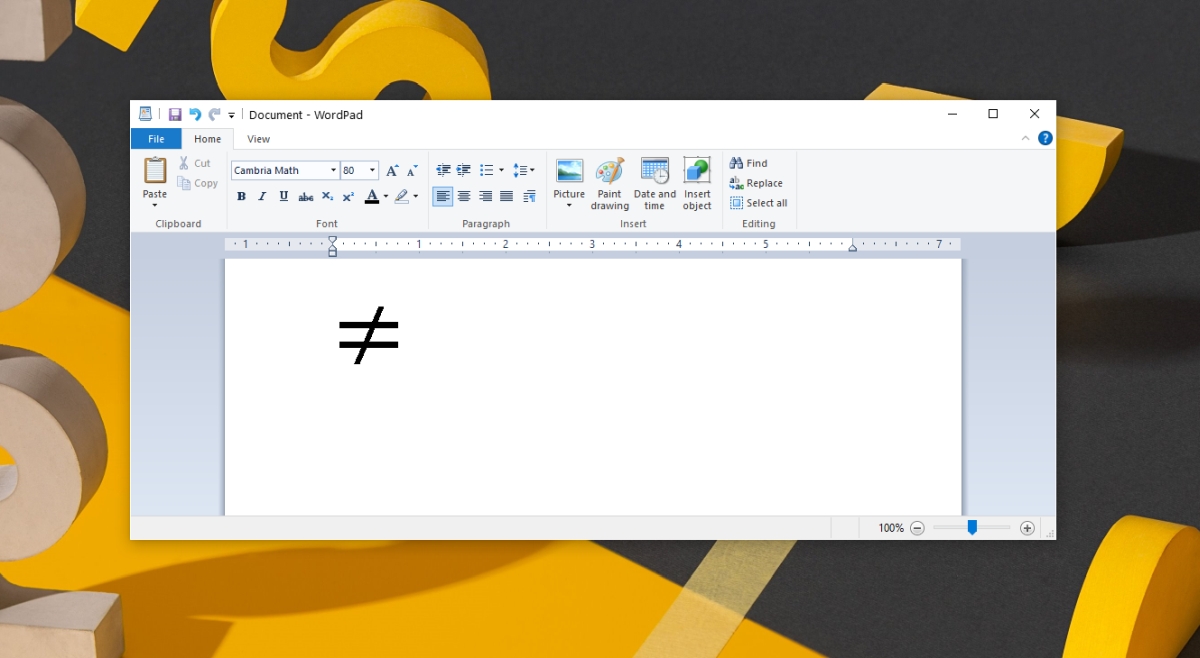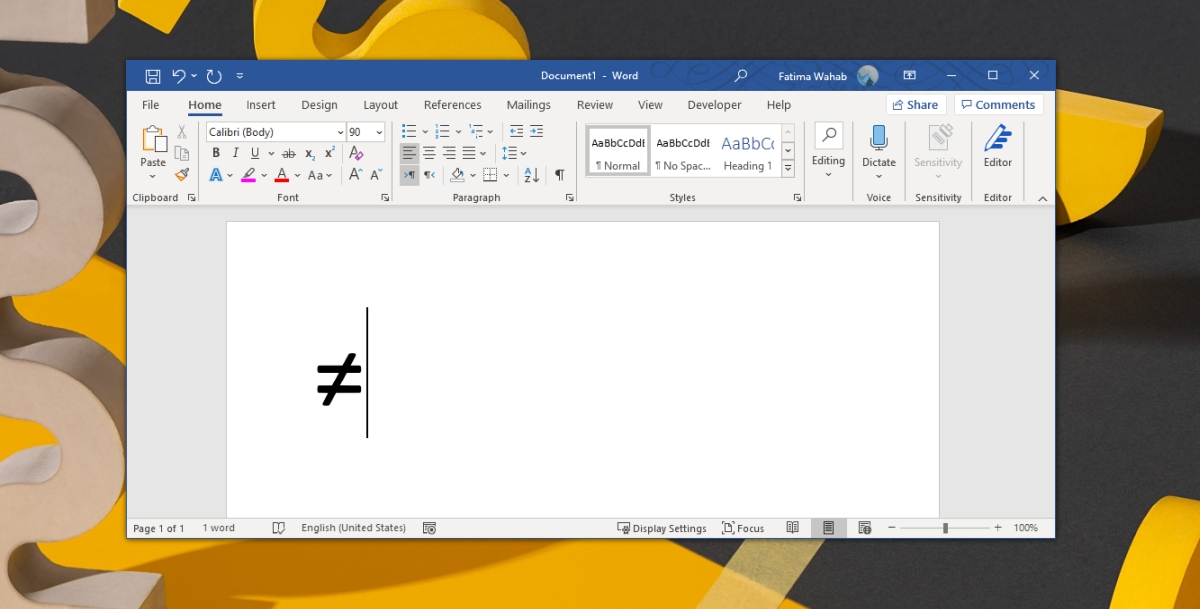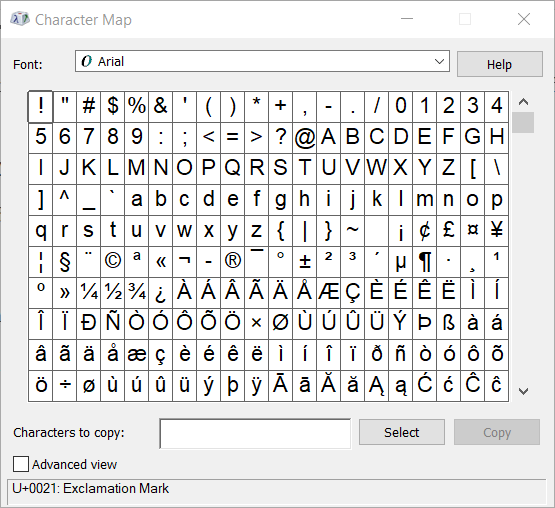

You can do this with an IF function to display results in adjacent cells. This will tell you if you've spent too much on Internet bills by overpaying for bandwidth. Using the "Expenses" spreadsheet example, you may want to flag any Internet payments over a certain threshold. IF statements can be complex and nested, or you can use them for simple conditions.

The way you set up your IF statement depends on the purpose of the calculation and the results that you want to display. You can display nothing if a condition returns "false," or you can perform another calculation or display an alternative value. The second parameter only processes if the condition from the first parameter returns "true." You can display a value or text, or you can proceed to an additional calculation using this second parameter. The first parameter is required, because it's the condition that you want to evaluate against a cell's stored value. The IF statement in Excel 2019 has the following syntax: A value must only meet one condition with these statements to return true, and this can lead to accidental bugs in your Excel formulas. The most common mistake is using a greater to or equal to condition when you only want to return true if a value is greater than another value. Logical errors are common when creating IF formulas, because just a simple mistake of using the wrong inequality symbol can make the entire calculation incorrect. (not equal to): the value does not equal the comparison value. The value only needs to meet one condition (greater than or equal to) for the condition to return "true." >= (greater than or equal to): the value must be higher or equal to a comparison value. > (greater than): a value must be a higher value than the comparison value = (equal to): a value must match the condition exactly The following operators are used in Excel: There are several logical operators that are standard across all programming languages. IF statements use logical operators to evaluate conditions. You can have nested IF statements within each other, which can make Excel formulas very complex. In Excel, the second and third conditions are optional, but the first evaluation condition is required.

Our result will be displayed as either TRUE or FALSE.In Cell D4, we will enter the formula below and press OK.We will prepare a data table and then test values from our data table using the symbol.įigure 2 – Data for showing the excel not equal formula įigure 1 – Not equal sign in Excel Using the “ Not Equal to” to test numeric values and text values In this tutorial, we will explore the ways to use the Not Equal to Boolean operator in Excel. When we check two values with the not equal to formula, our results will be Boolean values which are either True or False. In Excel, the symbol for not equal to is. We can use the “Not equal to” comparison operator in Excel to check if two values are not equal to each other. Using the Logical Operator Not Equal To In Excel


 0 kommentar(er)
0 kommentar(er)
